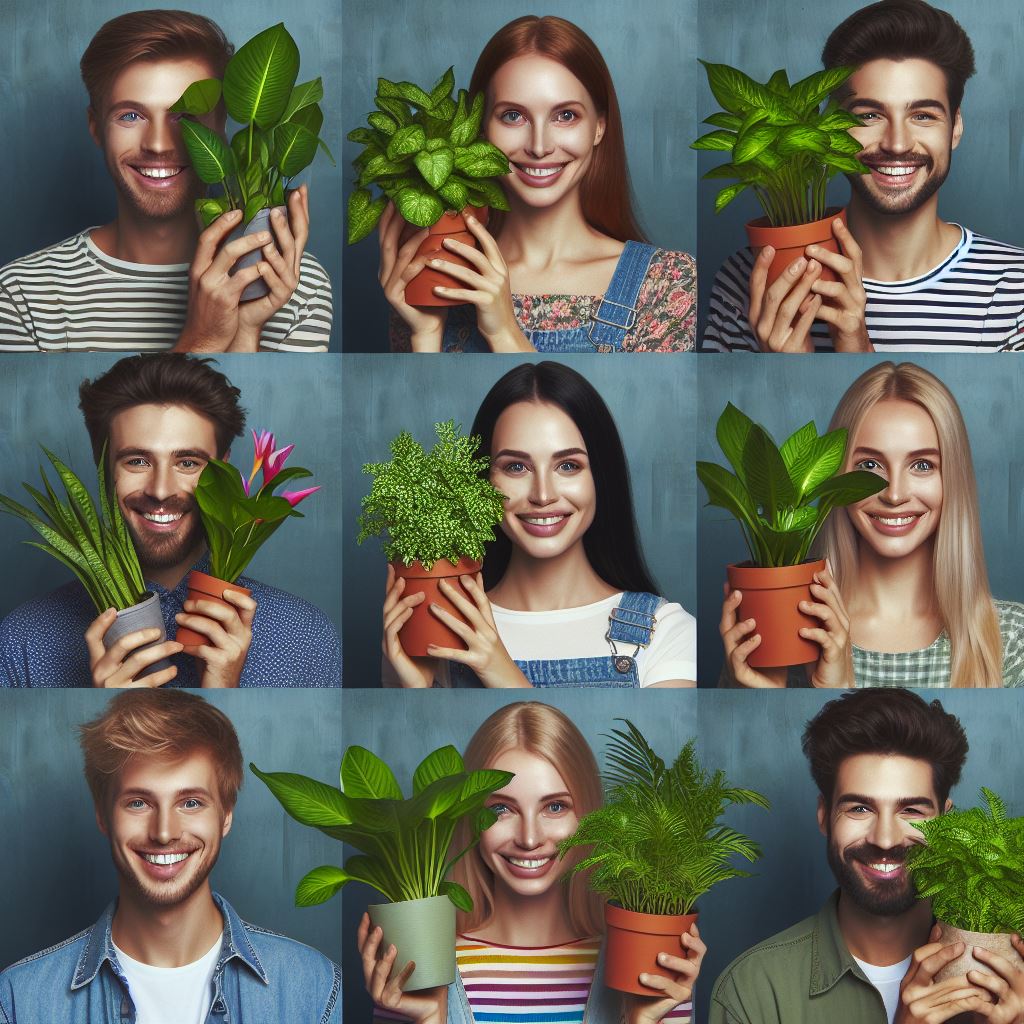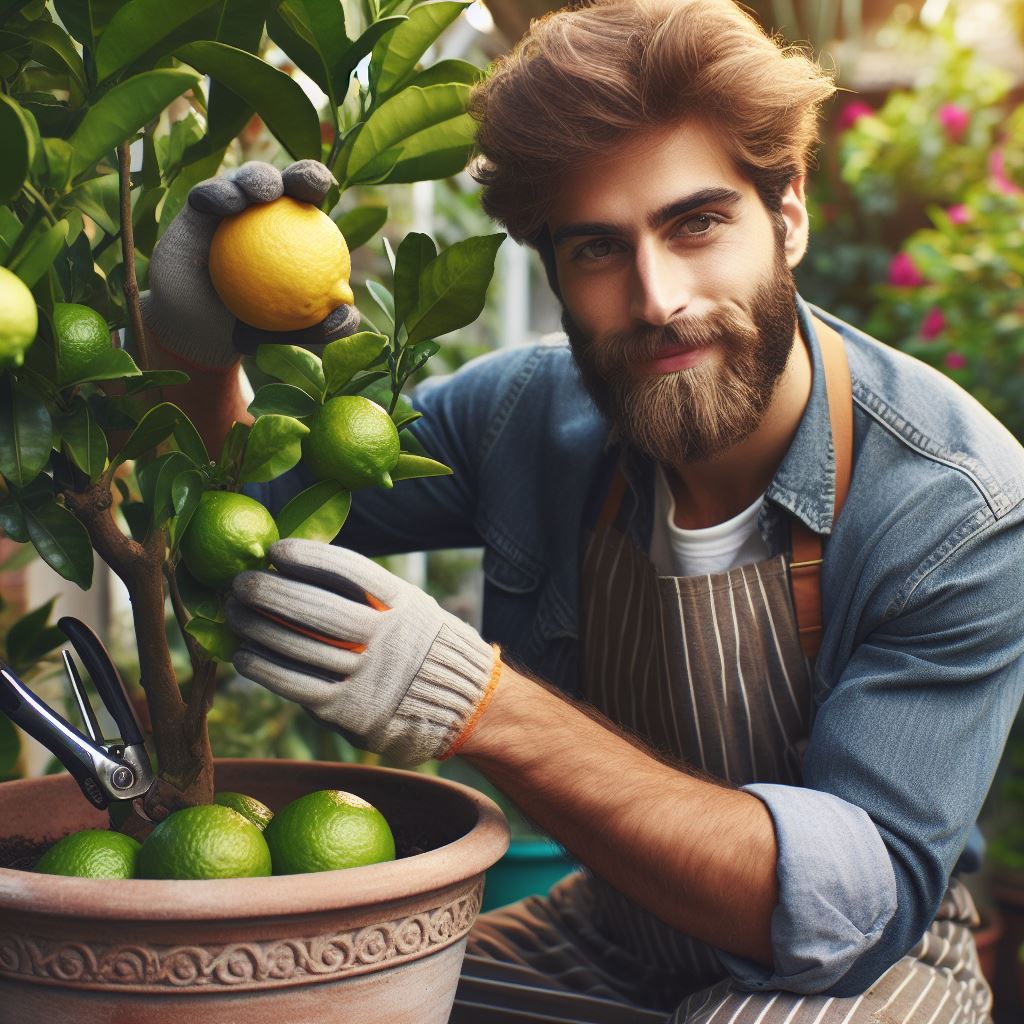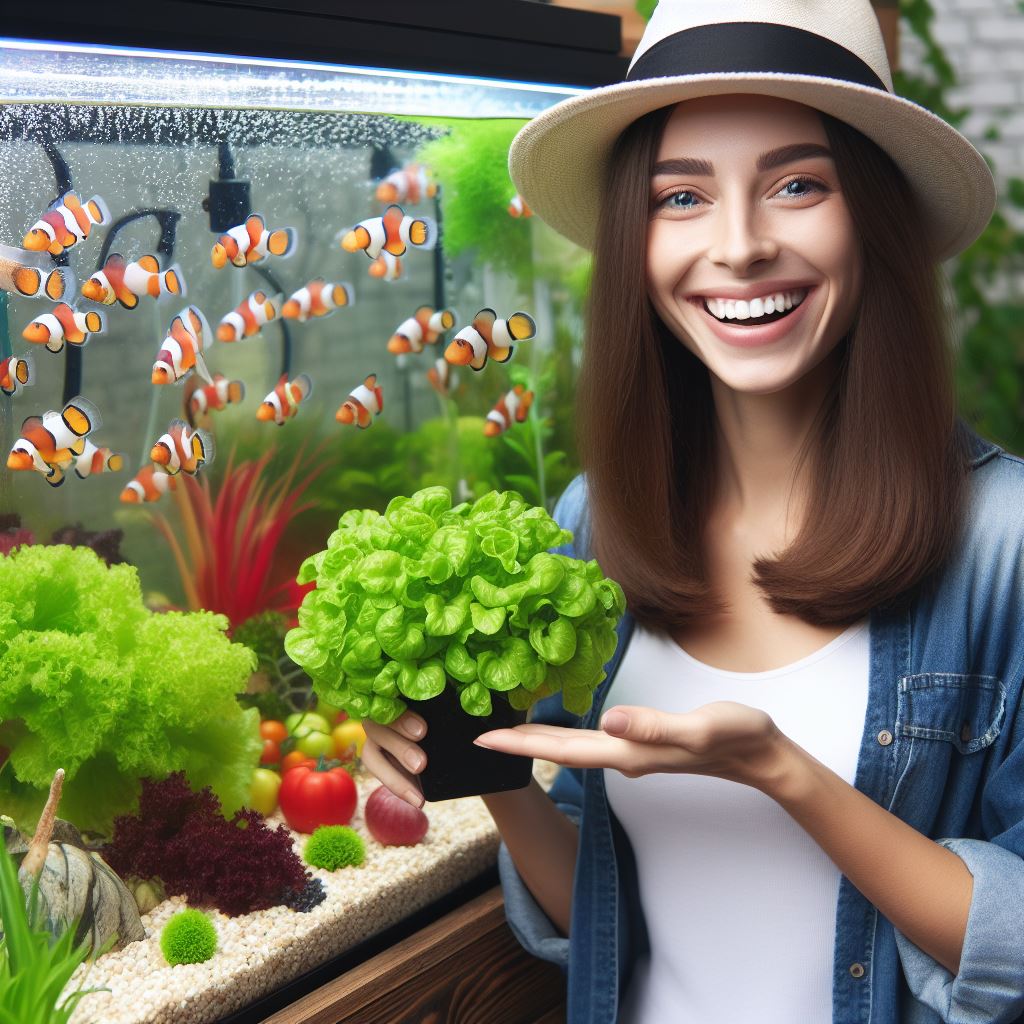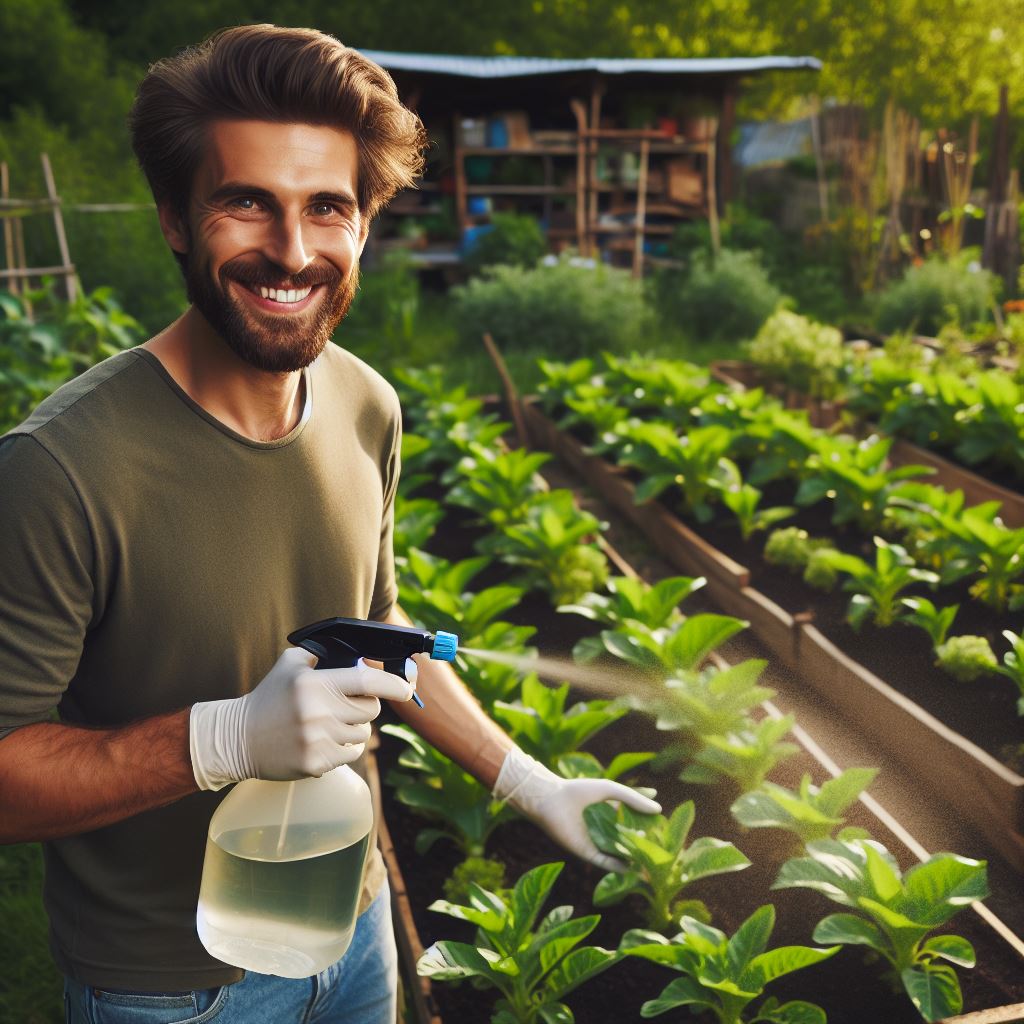Introduction
Importance of Tropical Plants in Urban Areas
- Enhance aesthetics: Tropical plants bring vibrancy and lush greenery to urban spaces.
- Improve air quality: These plants filter pollutants, promoting a healthier environment in crowded cities.
- Boost well-being: Interacting with nature reduces stress and enhances overall mental health.
Benefits of Growing Tropical Plants in Pots
- Space optimization: Pots allow urban dwellers to enjoy tropical flora regardless of limited space.
- Flexibility: Easily move pots to optimize sunlight and change the plant’s location as needed.
- Minimal maintenance: Potted tropical plants require less care, making them ideal for busy urban lifestyles.
Preview of the Blog Post
Discover the top tropical plants suitable for pots, along with care tips and creative urban gardening ideas.
Best Tropical Plants for Pot Cultivation
Explanation of ideal traits for potted tropical plants
- Tropical plants that are well-suited for pot cultivation should have compact growth habits.
- They should also tolerate lower light conditions commonly found indoors.
- Plants with a moderate growth rate are preferable as they can adapt well to potted environments.
- Species that have smaller root systems are more suitable for container gardening.
- Plants that can withstand dry conditions are ideal for those who might forget to water them frequently.
- Lastly, choosing plants that have decorative foliage or striking flowers can add visual interest to your space.
Suggestions for easy-to-grow tropical plants
- Monstera deliciosa (Swiss cheese plant): Known for its iconic perforated leaves, this plant thrives in bright indirect light.
- Ficus elastica (rubber tree): With its glossy and leathery leaves, this plant is highly adaptable to different light conditions.
- Calathea orbifolia (prayer plant): Its large and round leaves with silver stripes make it a beautiful addition to any indoor space.
- Philodendron Xanadu: This plant features lush, deep green foliage and can tolerate both low light and drought.
Tips for choosing the right tropical plants for your space and climate
When selecting tropical plants for your pots, keep the following factors in mind:
- Consider the available space and choose plants that won’t outgrow their pots too quickly.
- Check the light levels in your home and select plants that match the requirements.
- Take into account the humidity levels in your region and choose plants accordingly.
- Research the watering needs of different tropical plants and choose ones that fit your lifestyle.
- If you live in a colder climate, consider tropical plants that can tolerate lower temperatures.
- Lastly, consult with a local plant specialist or nursery for expert advice on suitable tropical plants for your specific location.
Read: Urban Oasis: Aquaponic Gardening Basics
Choosing the Right Pots
Importance of Selecting Appropriate Pots for Tropical Plants
Choosing the right pots for your tropical plants is crucial for their overall health and well-being.
The pots you select can greatly affect the growth, drainage, and aesthetics of your plants.
Therefore, it is important to understand the factors to consider when choosing pots.
Factors to Consider When Choosing Pots:
- Size and Drainage: The size of the pot should be appropriate for the root system of the tropical plant. It should have enough space for the roots to grow and should provide proper drainage to prevent waterlogging.
- Material (Ceramic, Terracotta, Plastic): The choice of material for pots can also impact the growth of tropical plants. Ceramic pots are great for retaining moisture, while terracotta pots help with breathability. Plastic pots are lightweight and easy to move.
- Style and Aesthetics: The style and aesthetics of the pots you choose should complement the overall look and feel of your indoor or outdoor space. Consider the color, shape, and design that will enhance the beauty of your tropical plants.
Self-Watering Pots as a Convenient Option for Busy Urbanites
For busy urbanites, self-watering pots can be a game-changer.
These innovative pots have a built-in reservoir that gradually provides water to the plants based on their needs.
They are designed to prevent overwatering and underwatering, making it easier to maintain the optimal moisture level for tropical plants.
The convenience of self-watering pots is especially beneficial for those who travel frequently or have a busy schedule.
You no longer have to worry about constantly checking the moisture level of your plants or asking someone to water them in your absence.
With self-watering pots, you can ensure that your tropical plants are consistently hydrated, promoting healthy growth.
Additionally, self-watering pots help in conserving water as they minimize water wastage.
The built-in reservoir allows any excess water to be stored and reused by the plants, reducing water consumption.
When choosing self-watering pots, consider the size, material, and style that align with the needs and aesthetics of your tropical plants.
Transform Your Agribusiness
Unlock your farm's potential with expert advice tailored to your needs. Get actionable steps that drive real results.
Get StartedEnsure that the pots provide adequate drainage and are easy to refill the reservoir when needed.
In fact, selecting the right pots for your tropical plants is essential for their overall well-being.
Consider the size, drainage, material, and style when choosing pots.
Furthermore, self-watering pots can be a convenient option for busy urbanites, ensuring consistent hydration and water conservation for your tropical plants.
Read: Space-Saving Farm: Hydroponic Techniques
Proper Care and Maintenance
Watering and humidity requirements for tropical plants
- Water tropical plants regularly, keeping the soil moist but not waterlogged.
- It is important to provide high humidity levels for tropical plants through misting or using a humidifier.
- Check the moisture level of the soil regularly by feeling it with your finger.
- Adjust the watering frequency based on the plant’s specific needs and the environmental conditions.
- Use room temperature water to avoid shocking the plant with cold water.
Sunlight and temperature considerations
- Place tropical plants near windows or under artificial lighting to ensure they receive adequate sunlight.
- Rotate the pot occasionally to ensure all sides of the plant receive equal sunlight exposure.
- Consider the temperature requirements of tropical plants and avoid exposing them to extreme temperatures.
- Avoid placing them near drafty windows or heating vents that can dry out the plant.
Placement near windows or under artificial lighting
- Choose a window that receives bright indirect light for most tropical plants.
- Consider using sheer curtains or blinds to filter the direct sunlight if it is too intense.
- For areas with insufficient natural light, supplement with artificial lighting like grow lights.
- Keep the plant close to the light source but avoid direct contact to prevent leaf burn.
Protecting plants from extreme temperatures:
- Keep tropical plants away from cold drafts or excessively hot areas like radiators or heat vents.
- Avoid placing them near doors or windows that may be opened frequently, exposing them to temperature fluctuations.
- Protect plants during winter by moving them away from drafty areas and providing extra insulation.
- Consider using a plant cover or moving them to a warmer spot during extremely cold nights.
Fertilization and repotting guidelines for potted tropical plants
- Fertilize potted tropical plants regularly during the growing season with a balanced liquid fertilizer.
- Follow the instructions on the fertilizer packaging for the correct dosage and frequency.
- Repot tropical plants when they outgrow their current containers, usually every one to two years.
- Use a well-draining potting mix and choose a slightly larger pot to accommodate the plant’s growth.
- Be gentle when repotting to avoid damaging the plant’s delicate root system.
To ensure the well-being of your tropical plants, it is crucial to provide proper care and maintenance.
Watering is essential, and the soil should be kept moist but not waterlogged.
Additionally, high humidity levels must be maintained through misting or using a humidifier. Regularly check the soil moisture and adjust the watering frequency accordingly.
When it comes to sunlight, tropical plants thrive near windows or under artificial lighting.
It is advisable to rotate the pots to provide equal sunlight exposure to all sides of the plant.
However, extreme temperatures should be avoided, as it can be harmful to tropical plants.
Keep them away from drafty windows, heating vents, or other areas that might subject them to temperature fluctuations.
For optimal growth, fertilization is necessary.
Use a balanced liquid fertilizer during the growing season, following the recommended dosage and frequency.
Repotting is also crucial when the plant outgrows its current container. Choose a well-draining potting mix and a slightly larger pot to accommodate the plant’s growth.
Take care not to damage the delicate root system during repotting.
By following these care and maintenance guidelines, your potted tropical plants will thrive and bring the beauty of the urban jungle into your home.
Read: Organic Garden Pest Identification Guide

Creative Ways to Incorporate Tropical Plants in Urban Spaces
Urban living often comes with limited space, but that doesn’t mean you can’t enjoy the beauty and benefits of tropical plants.
With some creativity, you can bring a touch of tropical paradise into your urban space. Here are some ideas to get you started:
Indoor display ideas
- Hanging plants: Install some hooks or a hanging planter to showcase cascading tropical plants.
- Vertical gardens: Utilize vertical space by creating a living wall with various tropical plant species.
- Plant stands and shelves: Arrange a collection of potted tropical plants on stylish stands or shelves.
Outdoor options for tropical plant enthusiasts
- Balcony gardens: Transform your balcony into a lush oasis with strategically placed tropical plants.
- Rooftop gardens: Make use of your rooftop to create a tropical garden getaway with stunning city views.
- Community gardens and urban green spaces: Join or start a community garden to grow tropical plants collectively.
Showcasing biophilic design concepts and the role of tropical plants
Biophilic design celebrates the connection between humans and nature. Enhance your urban space with these design principles and tropical plants. Here’s how:
- Natural light and ventilation: Arrange your tropical plants near windows or open spaces to maximize natural light and fresh air.
- Incorporate water elements: Introduce a small water feature or a tabletop fountain alongside your tropical plant arrangement. The sound of water adds a soothing and tranquil atmosphere.
- Creative planters and pots: Opt for unique and eye-catching planters made from sustainable materials like bamboo or recycled plastic. Let your planters become an artistic statement in your urban space.
- Mix textures and heights: Combine different types of tropical plants with varying leaf shapes, sizes, and heights. Create an engaging visual display to capture attention.
- Use tropical plants as room dividers: Place tall, lush tropical plants strategically to create natural partitions between different living areas. This adds privacy and a touch of greenery to your space.
- Living art installations: Think beyond traditional paintings and hang framed plant arrangements. These living art pieces will breathe life into your walls.
- Incorporate tropical plants in unexpected places: Don’t limit yourself to traditional pots—consider hanging plants from the ceiling, attaching planters to stair railings, or even creating a mini jungle in a bathroom.
Whether you have a tiny apartment balcony or a spacious rooftop, there are countless possibilities to incorporate tropical plants into your urban space.
Get creative, experiment, and enjoy the tropical vibes regardless of your city surroundings!
Read: From Water to Table: Hydroponic Growing
Showcase Your Farming Business
Publish your professional farming services profile on our blog for a one-time fee of $200 and reach a dedicated audience of farmers and agribusiness owners.
Publish Your ProfileDelve into the Subject: Seasonal Flower Gardens: Planning Guide
Conclusion
Recap of the benefits of having tropical plants in pots
Tropical plants in pots offer numerous benefits, such as improved air quality, reduced stress levels, and a lush aesthetic.
They can thrive in small spaces and enhance the overall ambiance of any urban environment.
Encouragement to start your urban jungle with tropical plants
Embarking on your urban jungle journey is an exciting endeavor. Start by selecting a few low-maintenance tropical plants that suit your space and lifestyle.
Don’t be afraid to experiment and mix different species to create a unique oasis within your home.
Closing thoughts and call to action for readers to experiment with potted tropical plants
Embracing the beauty and positive impact of tropical plants in pots is a simple yet powerful step towards creating an urban oasis.
Let your imagination run wild as you explore different plants, potting techniques, and placements in your living spaces.
Remember, the possibilities are endless – start your urban jungle today!




